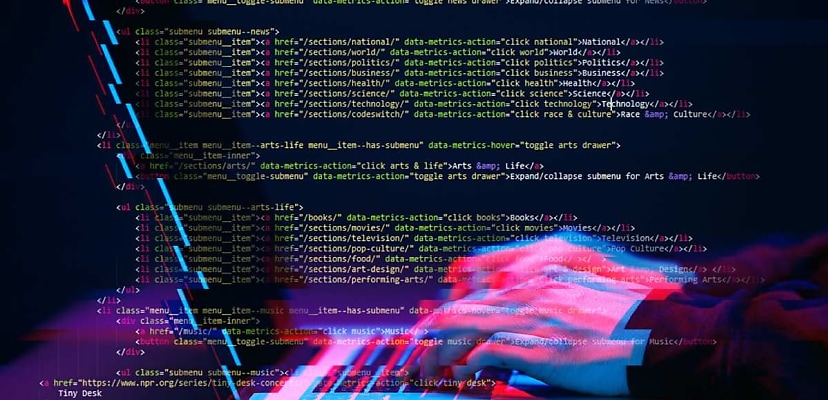3 things you need to know about living-off-the-land tactics
Network defenders are continually adapting to the evolving tactics of cyber criminals.
One particular tactic that has made headlines recently is known as living off the land. These techniques involve attackers using legitimate tools and processes already on a target system to carry out malicious activities.
Here are three essential things you need to know about living-off-the-land techniques in cyber security:
1. The concealed threat
Living-off-the-land techniques often fly under the radar, making them a potent weapon for cyber criminals and nation-state actors. Instead of relying on custom-built malware that can be easily detected by traditional antivirus software, attackers leverage trusted applications, scripts, and commands that are native to the target system. This makes it highly challenging for security teams to differentiate between legitimate and malicious activities.
Common tools like PowerShell, Windows Management Instrumentation (WMI), and even batch scripts can be weaponised by attackers. They use these tools to move laterally within a network, exfiltrate sensitive data, or establish persistent access. Since these tools are considered benign by security software, detecting malicious intent becomes a significant challenge.
2. Detection and prevention
To defend against living-off-the-land techniques, organisations must adopt a multifaceted approach. Traditional signature-based antivirus solutions are often inadequate. Instead, advanced threat detection mechanisms, such as behaviour-based analysis and anomaly detection, must be implemented. These methods look for unusual patterns of behaviour rather than relying solely on known malware signatures.
Endpoint security solutions and network monitoring tools can also help organisations detect suspicious activities in real time. Regularly updated intrusion detection systems and security information and event management (SIEM) solutions are invaluable for identifying potential threats early.
3. User training and privilege management
One of the primary vectors for living-off-the-land attacks is user interaction. Cyber criminals often exploit the trust users place in familiar applications and commands. Therefore, user education and privilege management are vital components of a comprehensive cyber security strategy.
Users should be trained to recognise unusual or unexpected system behaviour, such as sudden system slowdowns or unexpected pop-ups. Furthermore, implementing the principle of least privilege (PoLP) can restrict the ability of attackers to carry out their objectives even if they gain access to a system. Users and processes should only have the minimum level of access necessary to perform their duties.
Living-off-the-land techniques are a formidable tool in the arsenal of threat actors. To defend against these stealthy tactics, organisations must adopt a proactive approach that combines advanced threat detection, user training, and privilege management.

